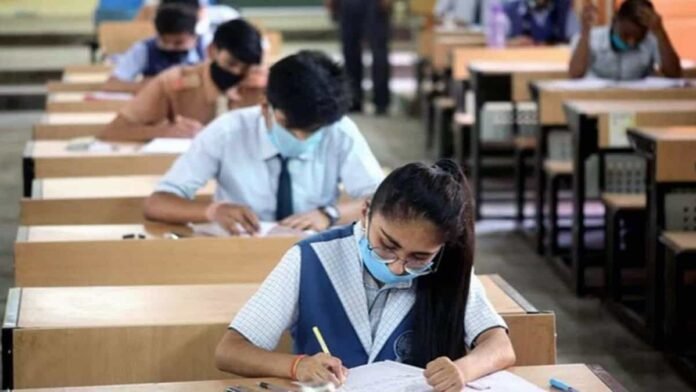Bidyapara Girls High School in Dhubri has come under intense public scrutiny after all 72 students who appeared for the High School Leaving Certificate (HSLC) examination failed. This unprecedented result has left the school community stunned and sparked urgent conversations around the quality of education in government schools across Assam.
The school, located in a densely populated urban area, had been preparing its students for the exam for months. However, when the results were declared, not a single candidate passed. Parents expressed outrage and heartbreak, demanding accountability from the school administration and the state education department. Many have called this result a reflection of deeper systemic issues that plague the public education sector.
The headmaster of the school, visibly distressed by the outcome, addressed the media and accepted the gravity of the situation. He emphasized the need for immediate reforms and support systems to strengthen academic performance, especially in schools serving underprivileged communities. He acknowledged the collective failure of teachers and administrators to meet the expectations of students and parents. He also urged the state government to provide more resources, including additional teaching staff, academic counselors, and digital learning infrastructure.
Teachers at the school admitted that they had been battling challenges beyond their control. Many cited high student-teacher ratios, lack of proper teaching materials, and frequent absenteeism among students. They stressed that the learning gaps, worsened by the pandemic, had never been fully addressed. With limited classroom hours and mounting pressure to complete the syllabus, many educators felt ill-equipped to bridge the academic divide.
Students, devastated by the results, spoke about their struggle to keep up with subjects due to lack of proper guidance and support. Several of them pointed to the absence of remedial classes or individual attention. A few mentioned that they had received their textbooks well after the academic year had begun, making it difficult to follow the curriculum. Some also admitted that they felt unmotivated due to a lack of encouragement and a general sense of disinterest among teachers and peers alike.
Concerned parents gathered at the school premises soon after the results became public. Emotions ran high as mothers and fathers voiced their frustration over the quality of education their children had received. Many accused the administration of neglect and mismanagement. Others questioned why there had been no early warning from teachers about the students’ preparedness levels. They called for an investigation into the functioning of the school and demanded action from the education department.
Local education officials visited the school after the incident and initiated a review of teaching methods, staff performance, and overall academic environment. They promised to send subject experts to evaluate the school’s learning practices and assist teachers in improving their approach. The district education officer assured parents that a special task force would look into the matter and recommend steps to prevent such failures in the future.
Community leaders also stepped in, offering to help the school with mentoring programs and tutoring initiatives. They expressed disappointment but said the episode should serve as a wake-up call for the entire education system. Activists working in the field of education criticized the government for its failure to support schools with adequate infrastructure, teacher training, and student engagement strategies. They urged the state to implement reforms that prioritize learning outcomes over enrollment numbers.
The incident has ignited widespread debate in Assam, where education is a key issue in rural and urban areas alike. Social media platforms have been flooded with comments and criticism, with many calling for greater transparency and accountability in school performance. Opposition political leaders have blamed the ruling party for neglecting public education and demanded a white paper on the state of government schools in the region.
As the dust settles, Bidyapara Girls High School faces a long road to rebuilding trust and credibility. The school must now focus on targeted academic interventions, teacher support, and psychological counseling for affected students. This failure, while devastating, has also opened the door for long-overdue conversations about education equity, infrastructure, and reform in Assam.




